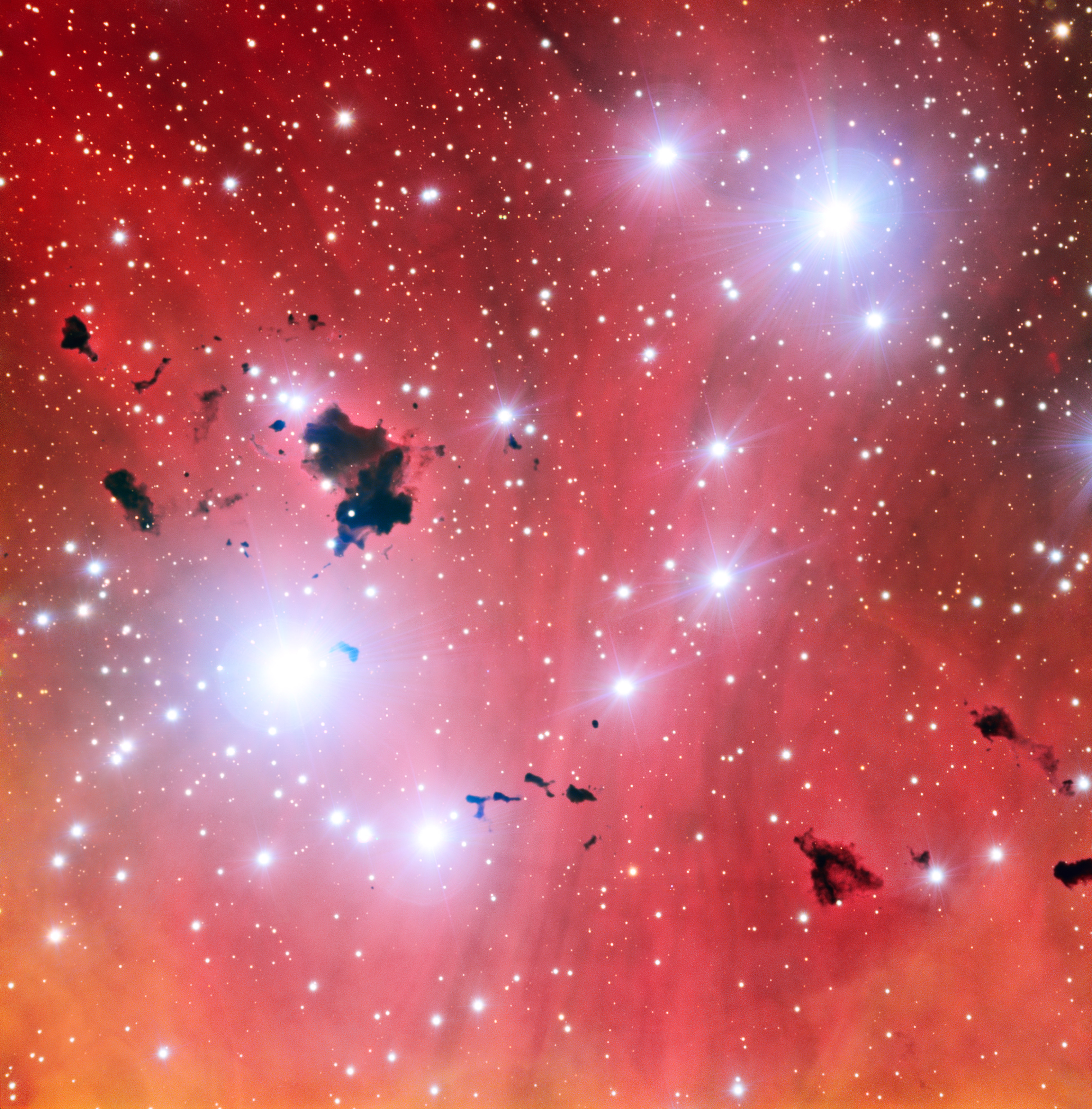
LEARNING OUTCOMES
- After the course the student has the basic knowledge of astronomy, space physics and space technology that are needed for further studies.
- The student knows the structure and central physical properties of the universe and the solar system, and the objects contained in them.
- She/he identifies the basic concepts and tools of astronomy and space physics, and is able to solve simple problems related to them.
- The student can list what kind of observations can be made of astronomical and solar system phenomena, and what is the motivation behind such efforts.
- She/he can compute simple orbits of satellites using celestial and orbital mechanics, and can apply various celestial coordinate systems.
- The student recognises the basic vocabulary used in space science and technology, and how Aalto University is situated in the national and international space research scenes.
Credits: 5
Schedule: 13.09.2021 - 14.12.2021
Teacher in charge (valid for whole curriculum period):
Teacher in charge (applies in this implementation): Anne Lähteenmäki, Jaan Praks
Contact information for the course (applies in this implementation):
For question about specific lecture topics contact the corresponding teacher (firstname.lastname@aalto.fi). For general inquiries contact Anne Lähteenmäki.
CEFR level (valid for whole curriculum period):
Language of instruction and studies (applies in this implementation):
Teaching language: English. Languages of study attainment: English
CONTENT, ASSESSMENT AND WORKLOAD
Content
valid for whole curriculum period:
- Basics of astronomy and space physics.
- Building blocks and central properties of the universe and the solar system.
- Emission mechanisms
- Coordinate systems.
- Celestial mechanics & orbits.
- Observations of astronomical and solar system phenomena.
- Space technology and missions.
- Space science and technology research and education at Aalto University.
Assessment Methods and Criteria
valid for whole curriculum period:
Exercises, learning assignments, examinations.
applies in this implementation
Evaluation and course grades are based on assignments and final exam: both must be passed for passing the entire course. For the final grade, these are then weighted as follows: assignments 60%, exam 40%. Active participation in course activities is essential for passing the course.
Workload
valid for whole curriculum period:
Contact hours 48 h (2 x 2 h per week). Independent work 87 h.
DETAILS
Study Material
valid for whole curriculum period:
To be specified.
applies in this implementation
See MyCourses for details.
Substitutes for Courses
valid for whole curriculum period:
Prerequisites
valid for whole curriculum period:
FURTHER INFORMATION
Further Information
valid for whole curriculum period:
Teaching Period:
2020-2021 Autumn I-II
2021-2022 Autumn I-II
Course Homepage: https://mycourses.aalto.fi/course/search.php?search=ELEC-E4210
Registration for Courses: In the academic year 2021-2022, registration for courses will take place on Sisu (sisu.aalto.fi) instead of WebOodi.
WebOodi
Details on the schedule
applies in this implementation
See MyCourses for details.
